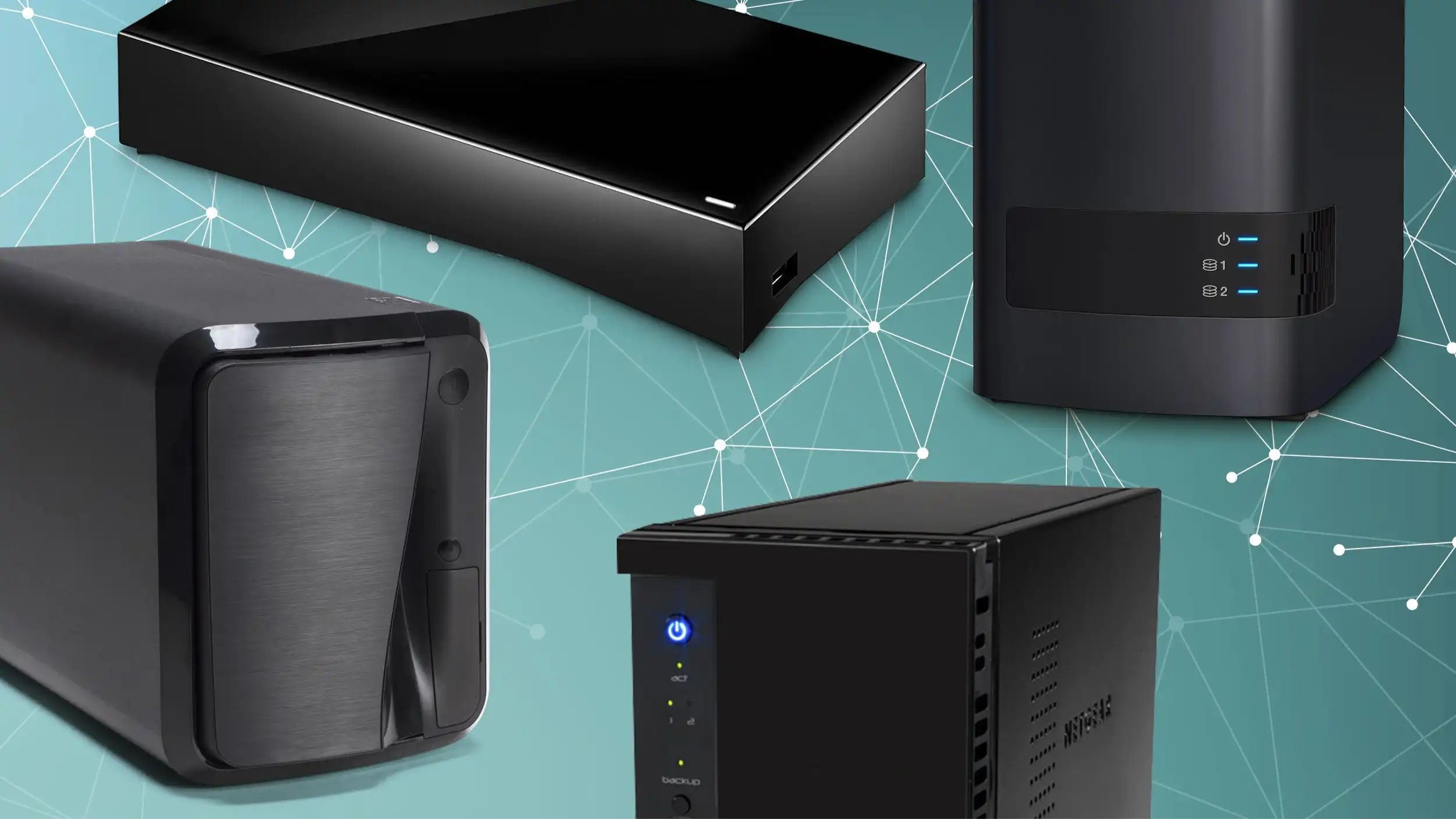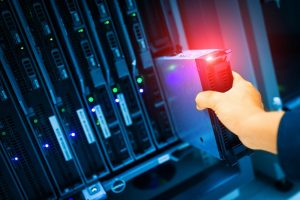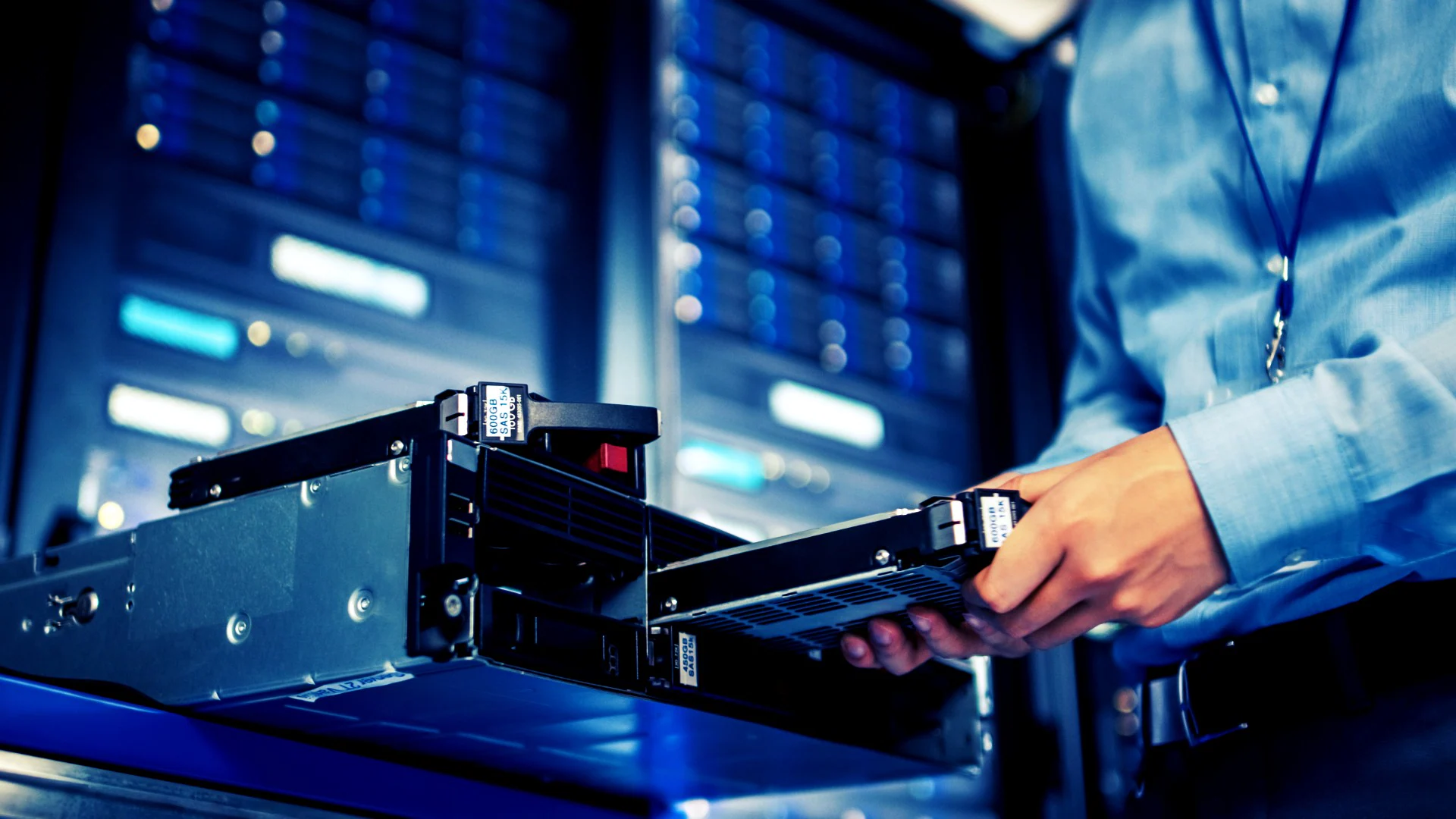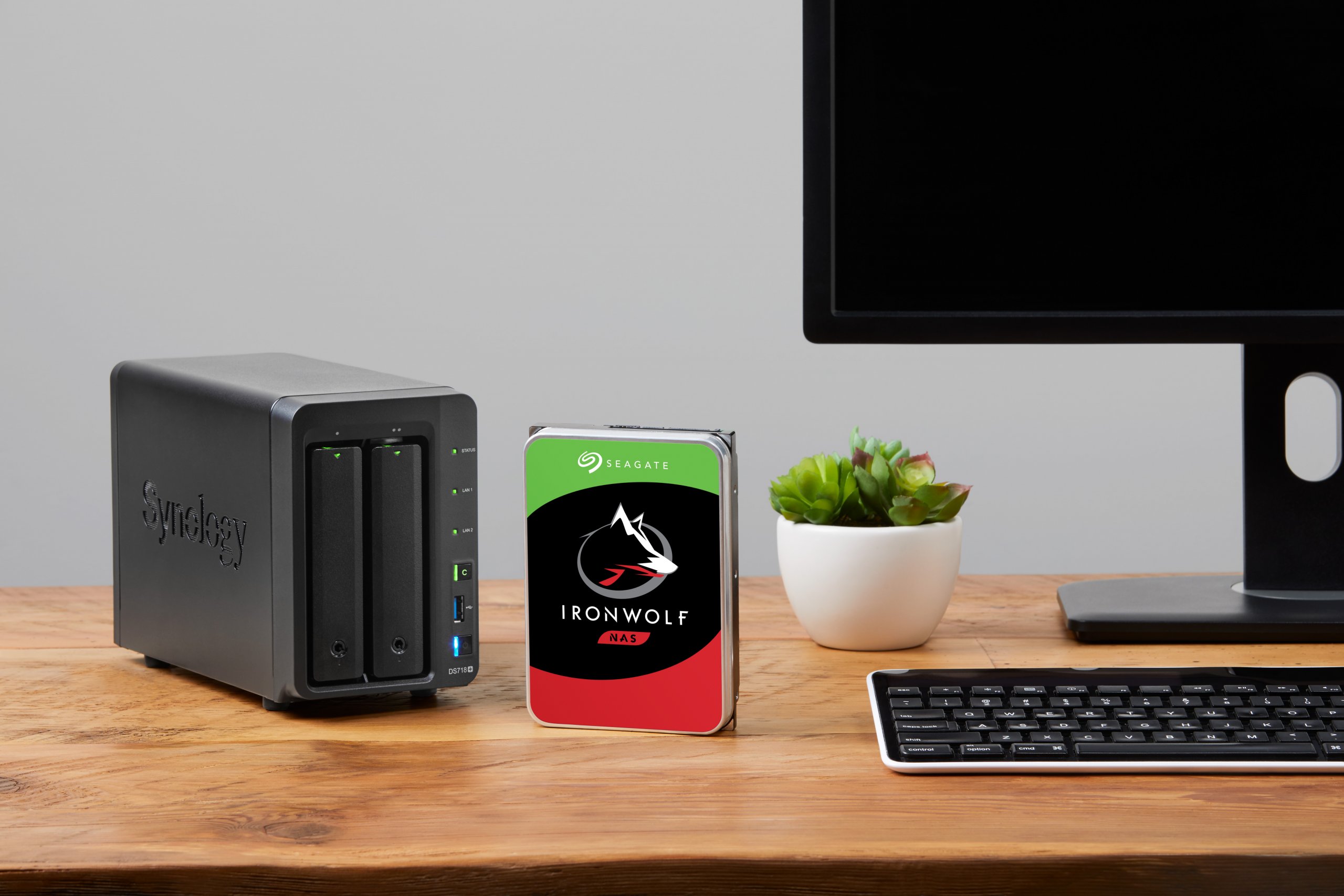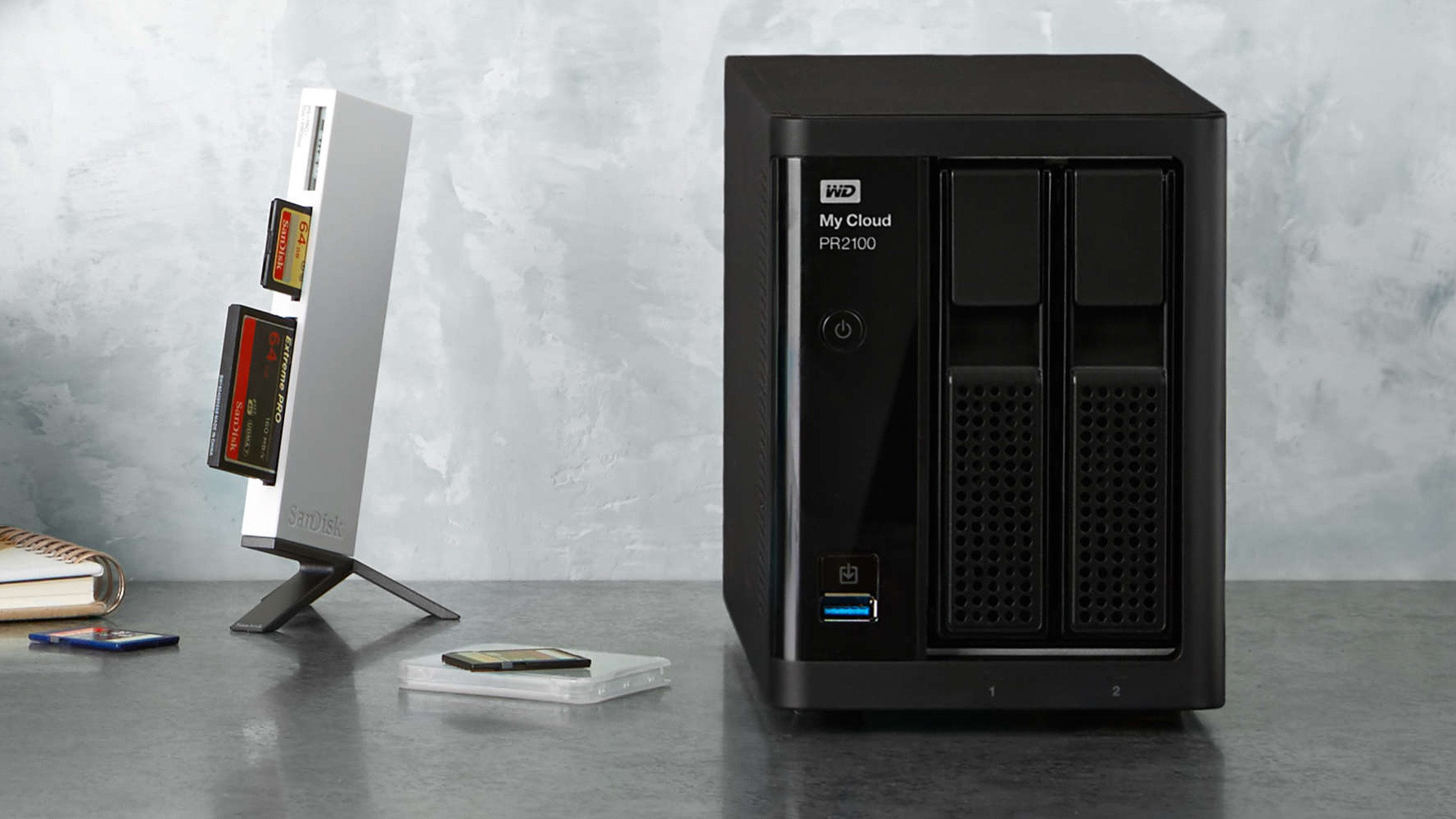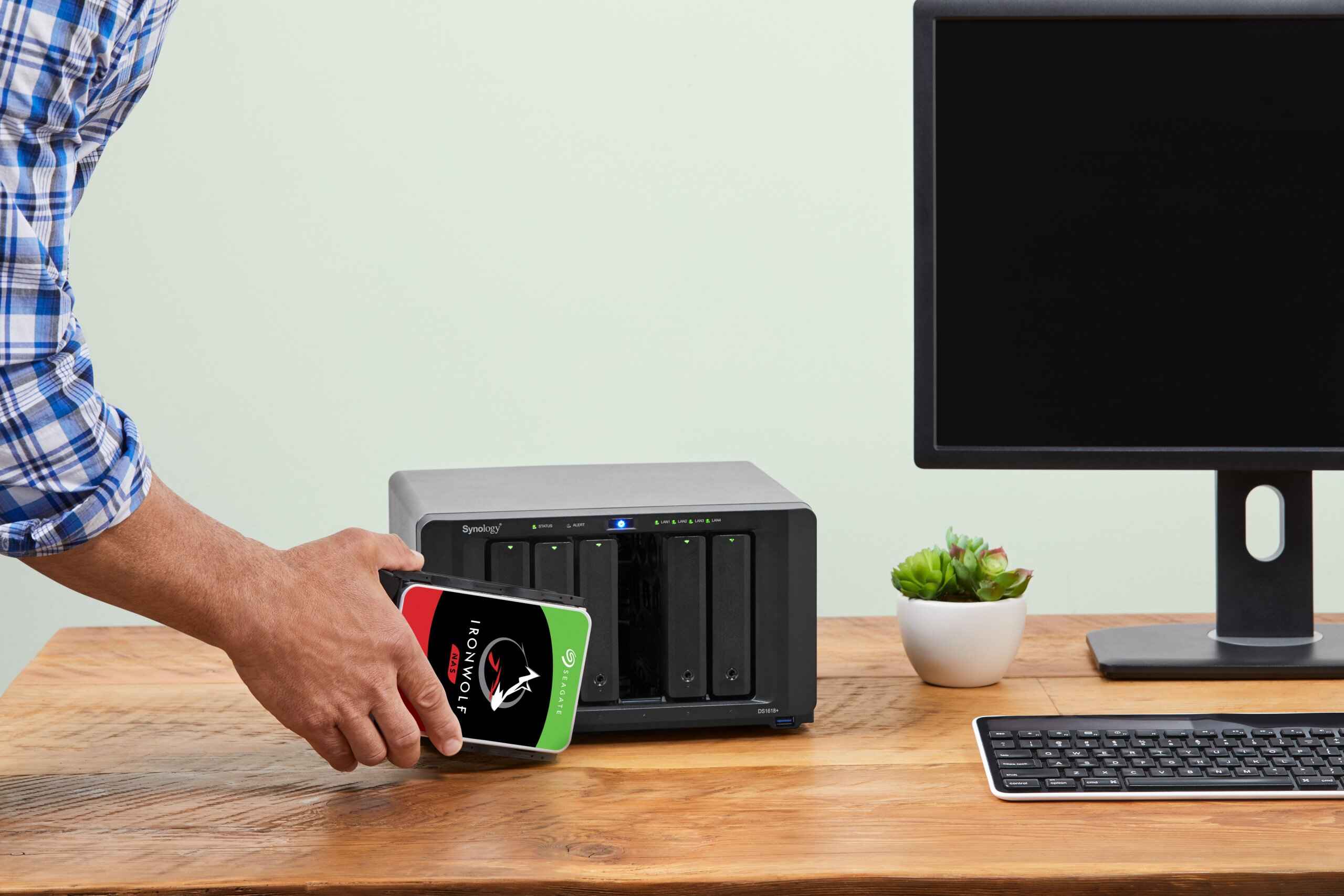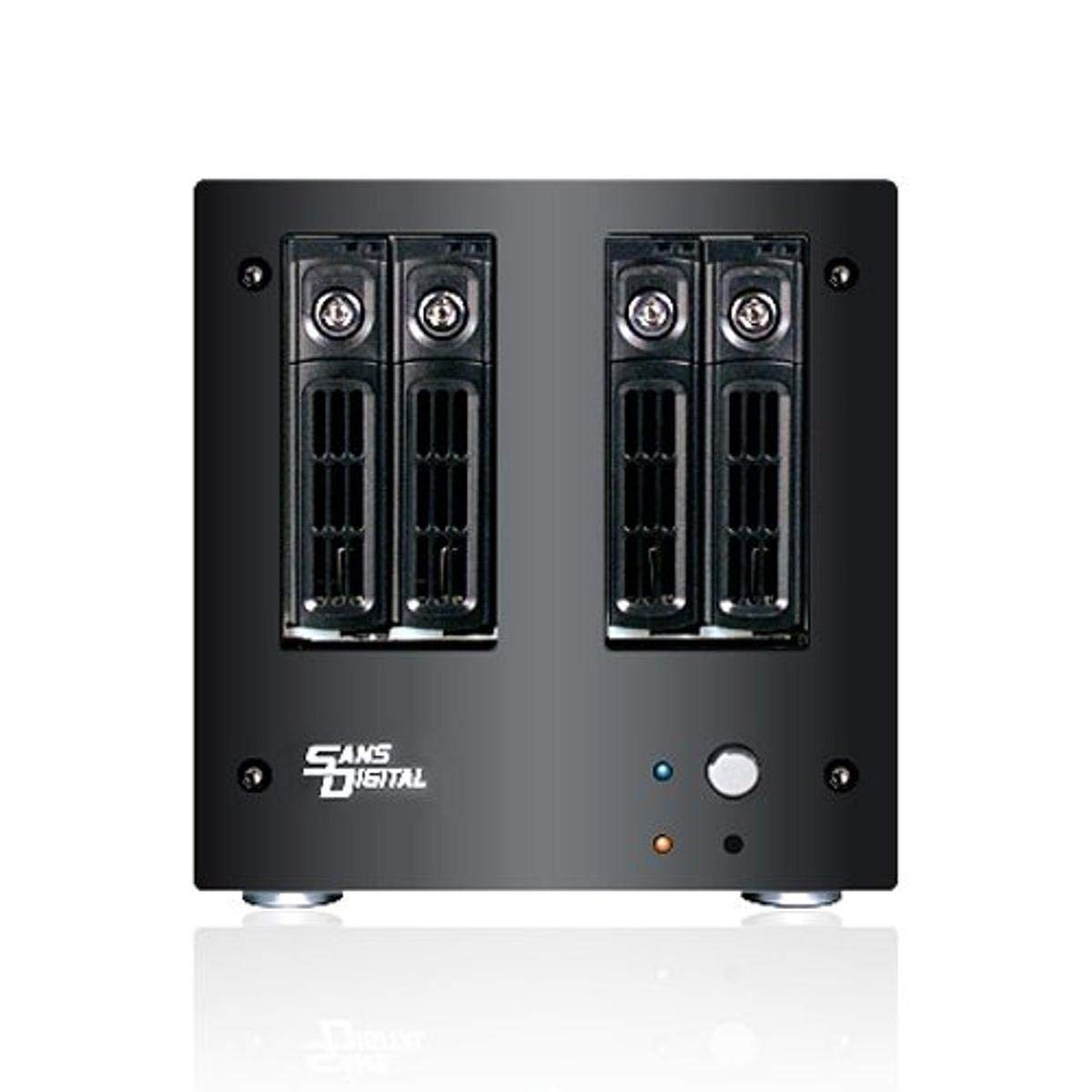Introduction
Network Attached Storage (NAS) devices have become an indispensable tool for individuals and businesses seeking efficient and secure data storage solutions. As the volume of digital content continues to surge, the need for reliable storage options has intensified. Whether it's for personal use, small businesses, or large enterprises, a NAS device offers a centralized and accessible platform for storing, managing, and sharing data across a network. In this article, we will delve into the world of NAS devices, exploring their functionalities, features, and the key considerations to keep in mind when selecting the best one for your specific needs.
The evolution of technology has brought about a paradigm shift in the way we store and access data. Traditional storage methods, such as external hard drives and USB flash drives, have limitations in terms of capacity, accessibility, and data protection. NAS devices address these constraints by providing a scalable, network-based storage solution that can accommodate vast amounts of data while offering robust security measures. Whether it's for backing up important files, streaming media content, or hosting a collaborative work environment, NAS devices offer a versatile and reliable storage option.
In this comprehensive guide, we will explore the essential features to look for in a NAS device, the factors to consider when choosing one, and a comparison of the top NAS devices available on the market. By the end of this article, you will have a clear understanding of the key elements that differentiate NAS devices, empowering you to make an informed decision when selecting the best network attached storage solution for your specific requirements. Let's embark on this exploration of NAS devices and unravel the myriad benefits they offer in today's data-driven world.
What is Network Attached Storage (NAS)?
Network Attached Storage, commonly referred to as NAS, is a specialized storage device that connects to a network, allowing multiple users and client devices to access, store, and share data from a centralized location. Unlike traditional storage options like external hard drives or USB flash drives, NAS devices are designed to provide scalable, secure, and easily accessible storage solutions for homes, businesses, and enterprise environments.
At its core, a NAS device is essentially a dedicated file storage server that operates independently, typically equipped with its own operating system and management interface. It is designed to facilitate file sharing, data backup, multimedia streaming, and remote access, making it an ideal solution for individuals and organizations with diverse data management needs.
One of the key advantages of NAS devices is their ability to provide a centralized repository for data, allowing users to access files and applications from multiple devices across a network. This centralized approach simplifies data management, streamlines collaboration, and enhances data security by implementing access controls and backup protocols. Moreover, NAS devices are known for their flexibility, as they can accommodate various storage configurations, including hard disk drives (HDDs) and solid-state drives (SSDs), and can be easily expanded to meet growing storage demands.
Furthermore, NAS devices often come equipped with advanced features such as RAID (Redundant Array of Independent Disks) for data redundancy and protection, as well as built-in applications for media streaming, remote access, and automated backups. These features make NAS devices a comprehensive and cost-effective solution for addressing a wide range of storage and data management requirements.
Whether it’s for personal use, small businesses, or large enterprises, NAS devices offer a reliable, efficient, and secure means of storing and accessing data. Their versatility, ease of use, and robust feature set make them an indispensable asset in today’s digital landscape, catering to the evolving needs of data storage, sharing, and protection.
Factors to Consider When Choosing a NAS Device
When selecting a Network Attached Storage (NAS) device, it’s crucial to consider several key factors to ensure that the chosen device aligns with your specific requirements and provides optimal functionality. Here are the essential factors to keep in mind:
- Storage Capacity: Assess your current and future storage needs to determine the required capacity. Consider factors such as the volume of data to be stored, potential data growth, and the need for scalability.
- Performance: Evaluate the NAS device’s processing power, memory, and data transfer speeds to ensure it can handle the expected workload, such as file transfers, media streaming, and application hosting.
- Number of Drive Bays: Consider the number of drive bays available in the NAS device, as this determines the potential storage capacity and the ability to implement RAID configurations for data protection.
- Data Redundancy and Protection: Look for NAS devices that support RAID configurations to provide data redundancy and protection against drive failures. Additionally, consider backup solutions and disaster recovery options.
- Scalability: Choose a NAS device that offers scalability options, allowing you to expand storage capacity and add features as your needs evolve.
- Connectivity and Expansion Slots: Assess the available connectivity options, such as Ethernet ports, USB ports, and expansion slots, to ensure compatibility with existing network infrastructure and future expansion needs.
- Software and Applications: Evaluate the built-in software features and available applications for data management, media streaming, remote access, and security to meet your specific use cases.
- User Accessibility and Permissions: Consider the ability to configure user access controls, permissions, and remote access features to ensure secure and efficient data management and sharing.
- Compatibility and Integration: Ensure that the NAS device is compatible with your existing hardware, operating systems, and network protocols to facilitate seamless integration and interoperability.
- Support and Warranty: Research the manufacturer’s support services, warranty coverage, and community forums to gauge the level of support and reliability offered for the NAS device.
By carefully evaluating these factors, you can make an informed decision when choosing a NAS device that aligns with your storage requirements, performance expectations, and data management needs.
Top Features to Look for in a NAS Device
When exploring Network Attached Storage (NAS) devices, it’s essential to consider the key features that can significantly enhance data storage, accessibility, and security. Here are the top features to prioritize when selecting a NAS device:
- Data Redundancy and Protection: Look for NAS devices that offer support for RAID configurations, providing data redundancy and protection against drive failures. RAID levels such as RAID 1, RAID 5, or RAID 6 can safeguard data integrity.
- Scalability: Opt for a NAS device that supports scalable storage options, allowing you to expand capacity by adding additional hard drives or upgrading existing drives to accommodate growing storage needs.
- Remote Access and File Sharing: Seek NAS devices with robust remote access capabilities, enabling users to securely access and share files from anywhere, enhancing collaboration and productivity.
- Backup and Disaster Recovery: Prioritize NAS devices that offer automated backup features, snapshot capabilities, and disaster recovery solutions to safeguard critical data and minimize downtime in the event of system failures.
- High-Speed Data Transfer: Consider NAS devices with high-speed interfaces such as Gigabit Ethernet or 10 Gigabit Ethernet to facilitate rapid data transfers, especially when handling large files or streaming media content.
- Media Streaming and Server Capabilities: Look for NAS devices that support media server applications, transcoding features, and DLNA compatibility for seamless multimedia streaming to various devices within the network.
- Data Encryption and Security: Ensure that the NAS device offers robust data encryption, access controls, and security protocols to protect sensitive information and prevent unauthorized access.
- Intuitive User Interface and Management Tools: Choose a NAS device with a user-friendly interface and comprehensive management tools that simplify setup, configuration, and monitoring of storage resources and applications.
- Compatibility and Integration: Verify compatibility with various operating systems, file systems, and network protocols to ensure seamless integration and interoperability with existing infrastructure and client devices.
- Energy Efficiency and Environmental Considerations: Consider NAS devices that prioritize energy efficiency, employing power-saving features and environmentally conscious design elements to minimize operational costs and ecological impact.
By prioritizing these features, you can select a NAS device that not only meets your current storage needs but also provides the scalability and functionality to adapt to future requirements while ensuring data security, accessibility, and performance.
Comparison of Top NAS Devices on the Market
Several leading Network Attached Storage (NAS) devices stand out in the market, each offering distinct features and capabilities to cater to diverse storage requirements. Here’s a comparative overview of some top NAS devices:
- Synology DiskStation DS220+: This NAS device offers a user-friendly interface, robust security features, and support for RAID configurations. It provides excellent scalability and is well-suited for home and small business environments.
- QNAP TS-453D: With a focus on multimedia applications, the QNAP TS-453D delivers high-speed data transfers, 4K media transcoding, and extensive connectivity options. It is ideal for media enthusiasts and creative professionals.
- Western Digital My Cloud EX2 Ultra: Featuring a sleek design and intuitive setup, this NAS device offers reliable data protection, remote access, and automatic backup options. It is a cost-effective solution for personal and home office use.
- Asustor AS5304T: Known for its robust performance and diverse application ecosystem, the Asustor AS5304T boasts 4K multimedia playback, comprehensive backup solutions, and a user-friendly interface, making it suitable for multimedia enthusiasts and power users.
- Buffalo TeraStation 1200D: This NAS device focuses on data protection and offers multiple RAID levels, hot-swap functionality, and integrated cloud backup options. It is well-suited for small businesses and professional environments.
When comparing these NAS devices, factors such as storage capacity, data protection features, remote access capabilities, multimedia support, and scalability should be carefully evaluated based on individual storage needs and usage scenarios. Additionally, considerations regarding compatibility, support services, and warranty coverage play a vital role in the selection process, ensuring that the chosen NAS device aligns with specific requirements and offers reliable performance and data management capabilities.
Conclusion
Network Attached Storage (NAS) devices have emerged as indispensable tools for individuals and businesses seeking efficient and secure data storage solutions. As the digital landscape continues to evolve, the demand for reliable storage options has intensified, leading to the proliferation of NAS devices that cater to diverse storage needs and usage scenarios.
When considering a NAS device, it’s essential to weigh the critical factors such as storage capacity, performance, data protection, scalability, and compatibility to ensure that the chosen device aligns with specific requirements. Additionally, prioritizing key features such as data redundancy, remote access, backup solutions, and media streaming capabilities can significantly enhance the functionality and versatility of a NAS device.
Furthermore, the comparison of top NAS devices on the market provides valuable insights into the distinct features and strengths of leading models, enabling individuals and businesses to make informed decisions based on their unique storage needs, budget constraints, and performance expectations.
By understanding the fundamental aspects of NAS devices and the essential features to look for, individuals and organizations can navigate the market with confidence, selecting a NAS device that not only meets their current storage requirements but also provides the scalability and functionality to adapt to future needs while ensuring data security, accessibility, and performance.
In conclusion, the world of NAS devices continues to evolve, offering innovative solutions that address the dynamic storage demands of the digital era. With careful consideration of key factors and features, individuals and businesses can harness the power of NAS devices to streamline data management, enhance collaboration, and safeguard critical information in an increasingly data-driven environment.







